Producers across the nation are exploring new ways to enhance their practices with the goal of improving their soil. One of those hot practices includes interseeding cover crops into wide-row corn, specifically 60-inch wide rows. This practice serves a dual purpose of improving soil health, while providing additional grazing late in the growing season. Based on those goals, there are a few things to consider when choosing a cover crop to interseed in your wide-row corn.
Improving Soil Health
Planting a multi-species mix of cool and warm-season brassicas, legumes, and grasses, allows microorganisms to feed off different roots. In addition, this mix will keep a living root in the field longer. Cool-season brassicas like Rapeseed are great for nutrient scavenging and breaking soil compaction. Adding legumes such as Balansa Clover to the mix, will fixate nitrogen in the soil. This added nitrogen has the potential to provide corn extra nutrients in the growing season, allowing for a potential corn-on-corn rotation.
Photos Courtesy of USDA-NRCS SD and The SD Soil Health Coalition
Grazing Potential
Another benefit is having the additional forage available. Lush green cover crops can provide a well-rounded ration, and increased tonnage, allowing for a longer grazing window for livestock. In turn, this can result in lower feed costs for producers. Incorporating brassicas like Purple Top Turnips and Graza Radish will add lush green protein, potentially eliminating the need for protein supplements.
Benefitting Acres and Bottom Line
With wide-row corn, adding cover crops provides many additional benefits while maintaining yields. As this new strategy evolves, our team is here to help you make the most out of every acre.
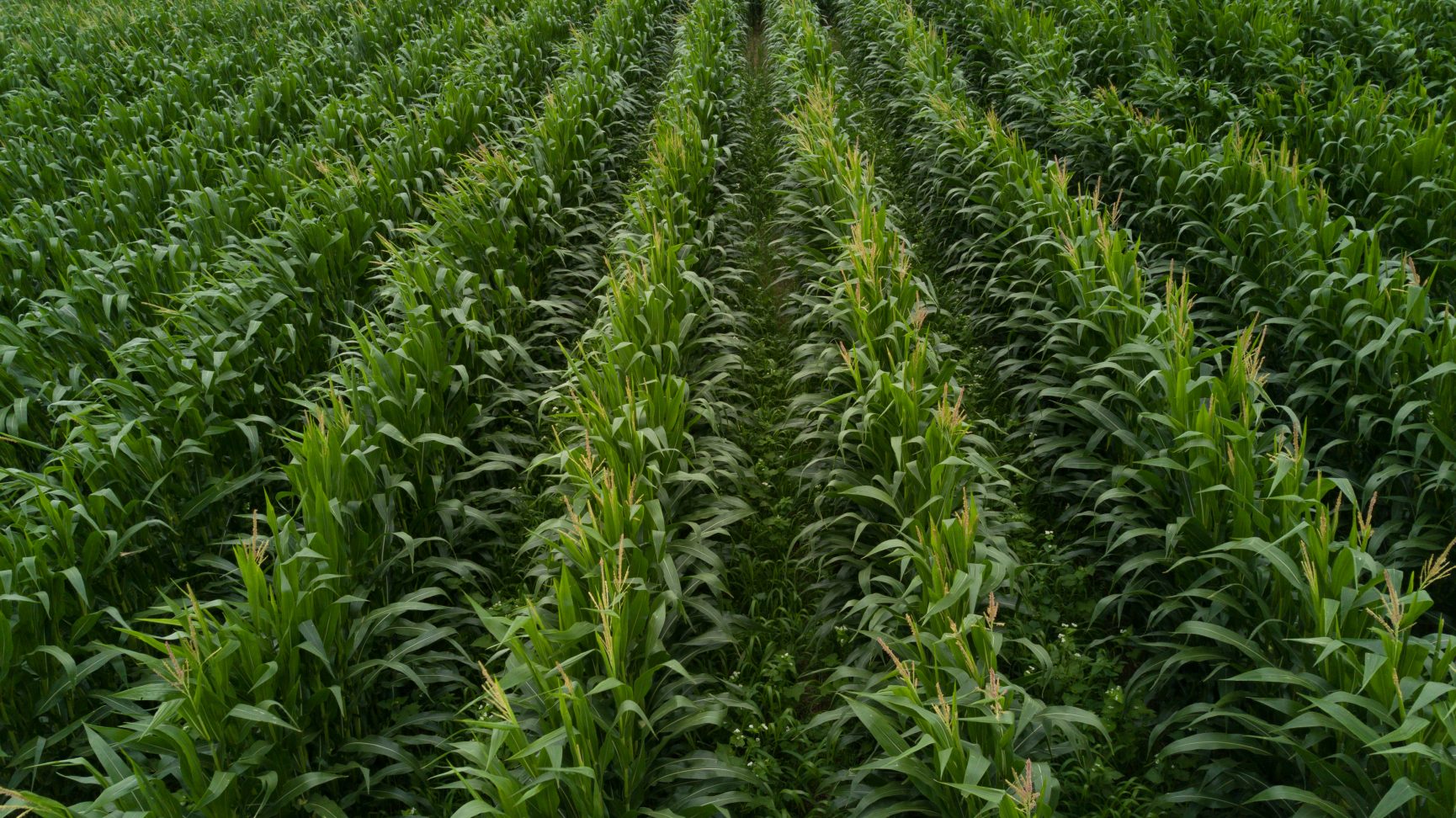
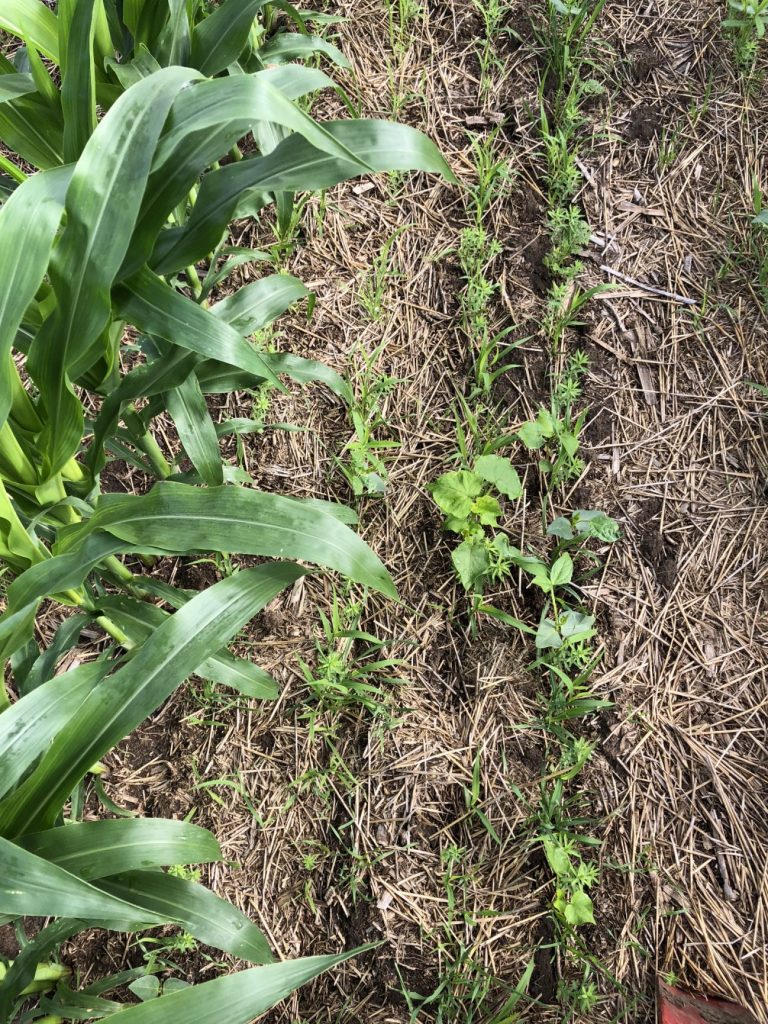
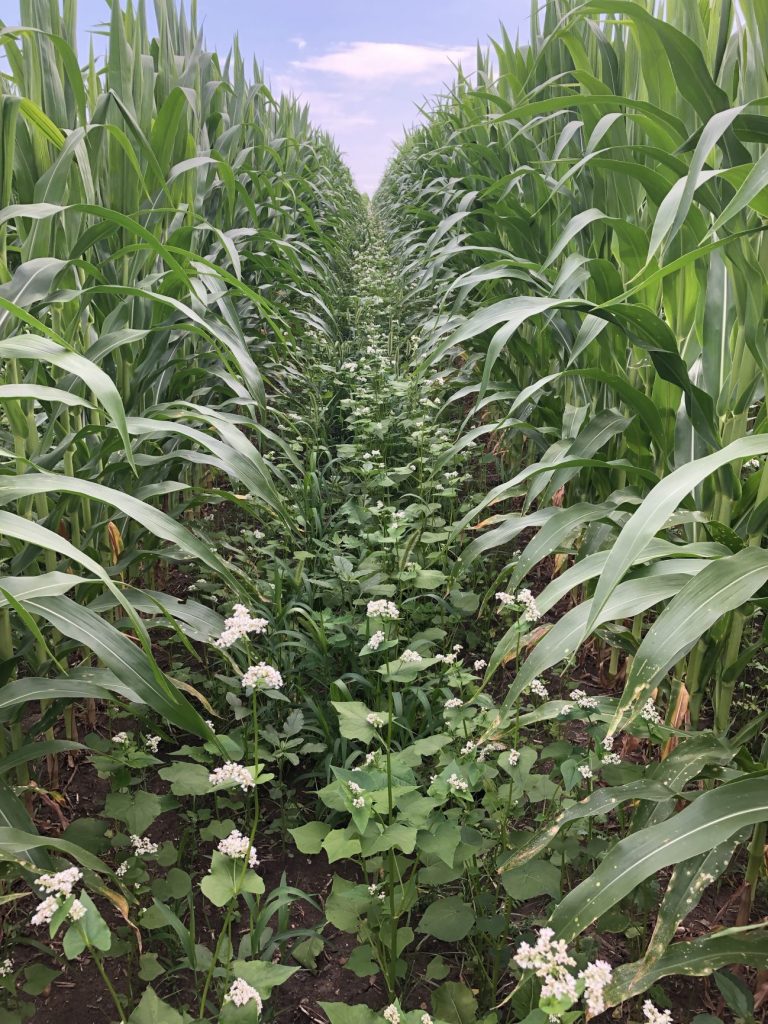
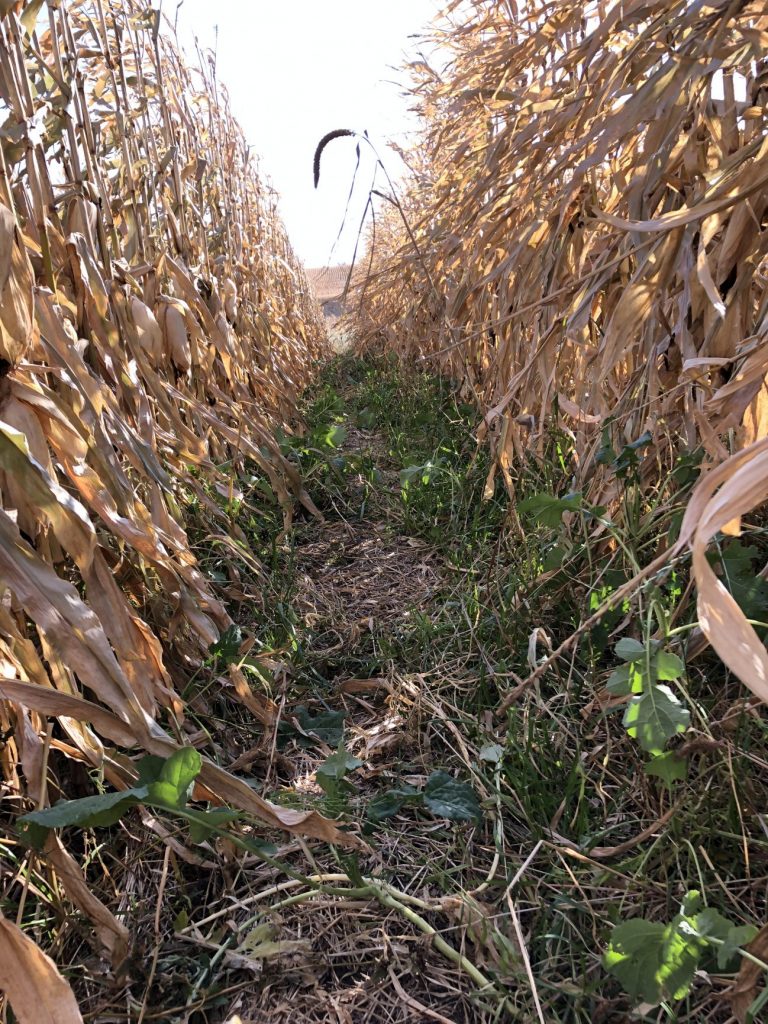
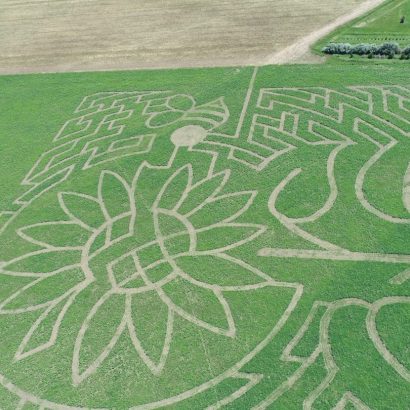
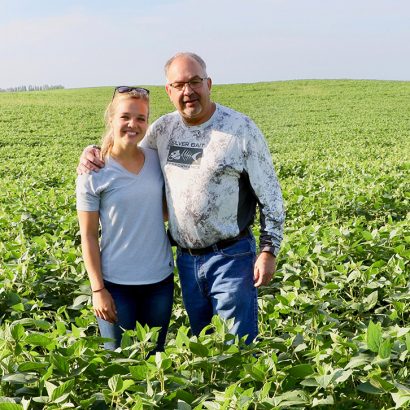
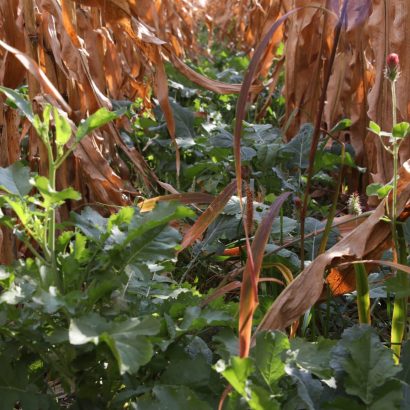
Discussion
0 Comments